Track lighting applications
Track lighting systems provide the most flexible solution for ambient, task, accent lighting and wall washing in offices and hospitality spaces. Variable space layouts, variable room concepts and variable task needs in today’s commercial and hospitality environments call for dynamic, flexible lighting to create appealing, effective spaces. In open-plan offices, meeting rooms, libraries, halls and ballrooms, a lighting solution that adjusts to varying working conditions can boost concentration and motivation. In hotels, restaurants, bars, cafeterias, cafes, nightclubs and discotheques, lighting design must accommodate layout changes and space reconfigurations in order to keep up with the latest trends in hospitality design.
Configuration
Commercial track lighting makes use of a track system created with one or more linear electrified tracks (rails) along which one or more light fixtures may be mounted. Most track systems are line voltage and capable of handling up to 2400 watts on single 20-amp, 120-volt circuit, allowing them to deliver long runs necessary for commercial and architectural applications. The tracks accommodate either one or multiple circuits and come in H-type (Halo compatible), L-type (Lightolier compatible), or J-type (Juno compatible) configurations. The most prevalent multiple-circuit tracks are 2-circuit rails which are designed for use when a higher load capacity is needed or two separately controlled circuits are required on one section of track. Multiple circuits sharing a neutral, however, can generate cross-circuit interferences and neutral harmonics. Some multiple-circuit tracks have independent neutrals, which eliminates harmonics and allows for flicker-free dimming. Tracks may include additional raceways that allow for one or more sets of data lines to run through.
Track rails
Track rails are constructed of extruded aluminum. The live circuit and neutral conductors are made of heavy gauge copper and encased in extruded PVC insulators to prevent contact with aluminum extrusion. Tracks can be cut to custom length. They can also be joined together to form simple linear runs or complex configurations. Various connector options, including straight, “L”, “T”, “X” and adjustable push-in connectors, are available to mechanically and electrically join track sections together and provide design continuity throughout a space. A track system must be fully polarized and grounded throughout to ensure safe operation. Grounding is accomplished with a dedicated bus bar or through a grounding channel in the track. A current limiter is attached to a track system for limiting the amount of electrical load that can be placed on the circuit. Tracks can be surface mounted, recessed into the ceiling with special housing or clips, or pendant mounted from the ceiling using suspension stems.
Track heads
A track light fixture, commonly known as a track head, is detachably engaged to the track via an adapter which communicates electrical current and control signals to the track head. Track rack heads come in forms of lamp-based LED luminaires and integrated LED luminaires. Lamp-based LED luminaires are track light fixtures that use retrofit LED lamps to create the desired beam of light. The retrofit LED lamps are typically directional lamps that use internal reflectors to provide various light distribution patterns ranging from narrow-beam-angle spotlighting to wide-beam-angle floodlighting. Directional lamps include parabolic aluminized reflector (PAR) lamps, bulged reflector (BR) lamps, and multifaceted reflector (MR) lamps. Among these types, PAR and BR lamps are self-ballasted systems that run off a line power, MR LED lamps are low voltage systems and must be powered by transformers that reduce the line voltage to, typically, 12 volts. Lamp-based track heads are commonly gimbal ring fixtures which are the simplest and most cost-effective of all the designs.
Lamp-based LED systems
Lamp-based LED luminaires, however, are not effective use of LED technology. The retrofit LED lamps incorporated in these fixtures must conform to the form factor and physical dimension of legacy light sources, which leads to compromise in thermal, electrical and optical design for LED systems. While lamp-based LED luminaires are still a common choice of design in entry-level track lighting systems, a solution that fulfils the requirement of high efficiency, high reliability, highly controllable, and high quality lighting calls for integrated design of LED lighting systems.
An integrated LED luminaire uses LEDs in conjunction with thermal, electrical and optical components to enable high efficiency, long life system operation and effective delivery of light. A dedicated system allows to incorporate a full sized heat sink for effective transfer of the heat flux from the LED junction to the ambient air. An optical design that extracts and controls light directly from the source provides for highly efficient and precisely controlled optical distributions. Integrated design typically lends adequate spaces to accommodate driver and control circuitry which is significantly more complicated than that of traditional light sources.
Integrated LED luminaires
An integrated LED track head combines LEDs, optics, and thermal management system into a single housing. The LED driver is either co-located with other components or housed in a dedicated gear box. The luminaire comes with a die cast aluminum housing that serves double duty as the heat sink in some designs.
The most classic of all track head design is a cylinder. A cylinder track head typically includes a light engine that is an assembly of the LED module and aluminum heat sink. The LED module is a chip-on-board (COB) LED package or an array of high power LEDs or mid-power SMD LEDs solder mounted on a metal-core printed circuit board (MCPCB). The LED board is fully attached to the heat sink to ensure the heat dissipated by the LEDs can be spread out over a very large area. A thermal interface material (TIM) may be used to minimize thermal contact resistance at the interface.
The rate at which heat is removed from the LED module depends on the ability of the heat sink to absorb thermal energy and dissipate it into the surrounding ambient air. The heat sink must be designed with an adequate surface area to ensure the volume of heat flow outpaces the load rate.
Optical design
LED track heads use lenses, reflectors, or a combination of them to regulate luminous flux from the light source. Total internal reflection (TIR) lenses are capable of producing smooth, rotationally symmetric beams with FWHM angular widths between 4 and 60 degrees with intense center beam candlepower (CBCP) for accent lighting or high illuminance uniformity for task or ambient lighting. TIR optics are also available in round or square lens arrays that provide individual optical control for an array of LEDs. The use of compound lens arrays enables miniaturization of optics and compact design of track luminaires. Tight beam control can also be accomplished with facet reflectors which take advantage of a large number of small surfaces (facets) to improve the reflection power and maximize the optical performance. Track lighting systems are also employed to provide uniform illumination and accenting of walls and vertical surfaces. The wall washing beam is usually achieved with asymmetric reflector systems.
Aside from light distribution, glare control is an important consideration in designing track luminaires. Directional luminaires are typically constructed to intentionally regress the position of the LED array. Beam control accessories such as honeycomb louvers, snoots and barn doors may be provided to eliminate high angle glare or soften aperture brightness.
Color quality
Today’s LEDs deliver an exceptionally high efficacy. But even with LEDs, the tradeoff between color and efficacy still come into play. If luminous efficacy is an emphasis, light sources with a color rendering index (CRI) in the low to mid 80s are very likely to be used. However, the high source efficacy of LEDs affords us an opportunity to enjoy high color rendering lighting in virtually all applications. Task and accent lighting typically demands the use of light sources with a minimum CRI of 90, which means the spectral power distribution (SPD) of the light sources is balanced in exact proportions.
The amount of energy emitted as various wavelengths of the visible light spectrum also determines the apparent color (correlated color temperature, or CCT) of the light being produced by a source, which in turn affects the pleasantness of a space and subjective interpretation of brightness. LEDs can be specified in a nominal CCT of 2700K, 3000K, 3500K, 4000K, or 5000K. In LED lighting, the chromaticity consistency within the beam of light, and from luminaire to luminaire matters a lot to architectural and accent lighting. A higher level of color control on a particular group of LED must be exercised to keep variations of light color within defined acceptance criteria.
Driver and control circuitry
The performance and reliability of the LED driver are system design considerations of critical importance. The amount of power delivered to the LED load must be tightly controlled to ensure consistent and predictable light quality. Since most track light fixtures installed in offices and hospitality spaces are intended to deliver task lighting, ripples in the output current provided to the LED load should be smoothed out to ensure flicker-free lighting. The LED load can be dimmed through phase control or constant current reduction (CCR). Selective control of LED luminaires mounted on a single circuit requires the track systems to be addressable.
Addressable track systems are typically accomplished by incorporating data lines. In this case, each track head should be capable of being controlled through a protocol such as 0-10V, DALI or DMX. Addressable lighting control can also be implemented through wireless networking. In this instance, the track luminaire incorporates a wireless communication module, which allows the luminaire to be controlled from a smartphone or handheld device through a wireless protocol such as ZigBee, Z-wave or Bluetooth.

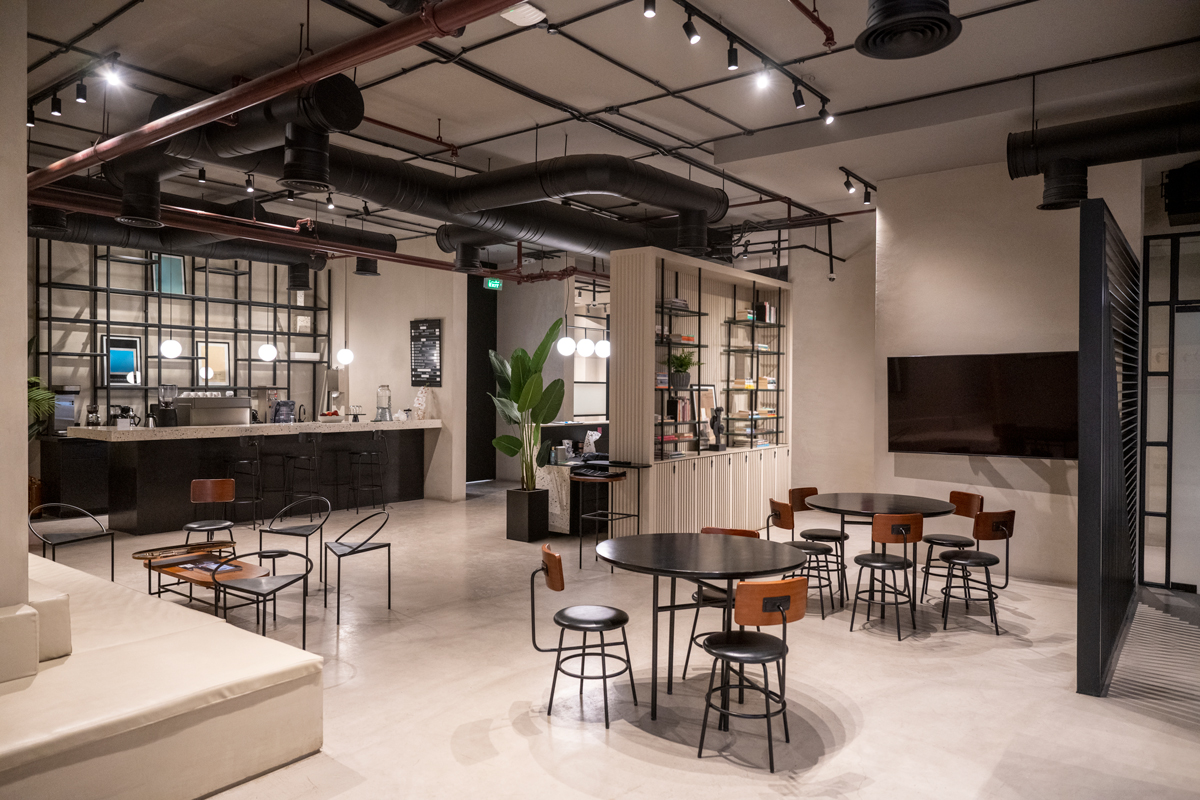
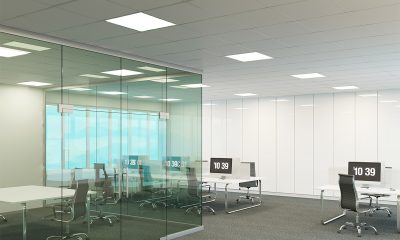
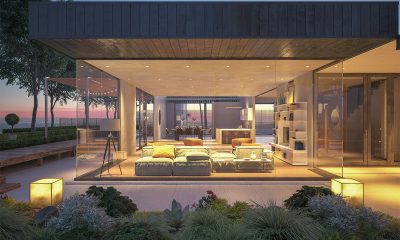

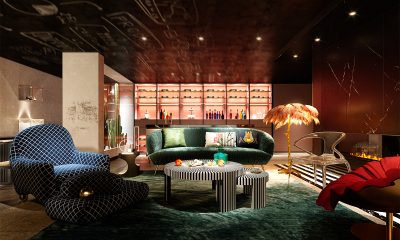


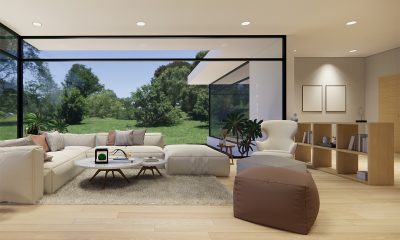
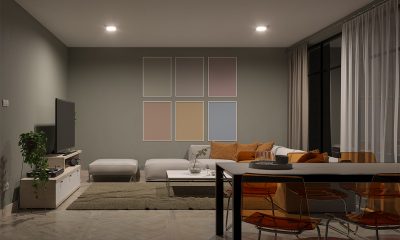
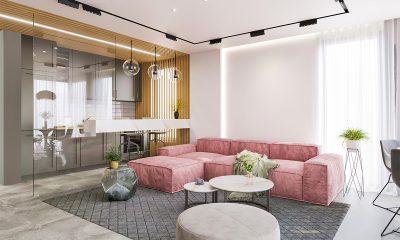
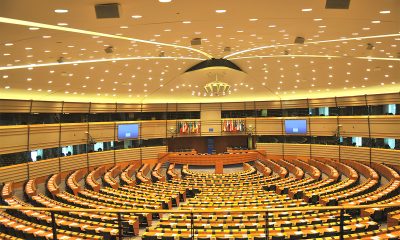
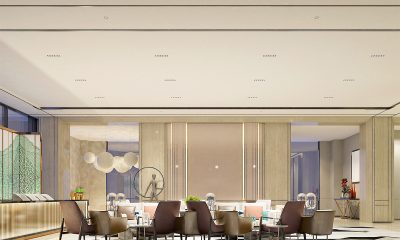
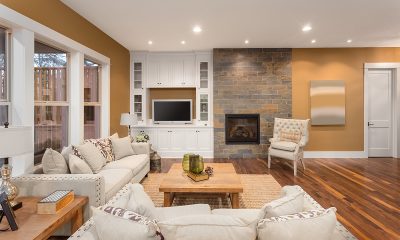





Loading...